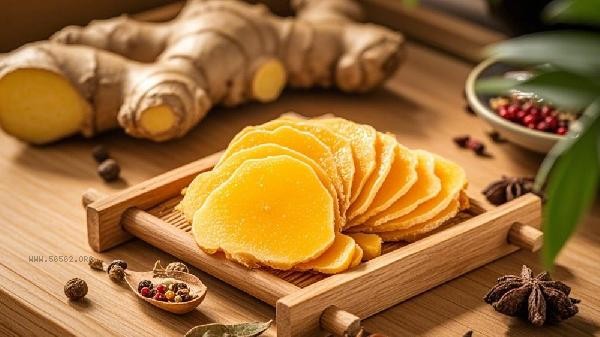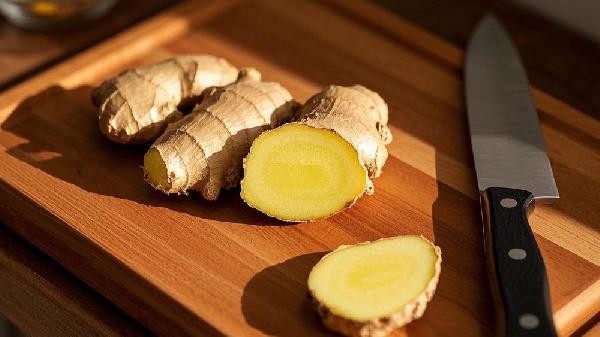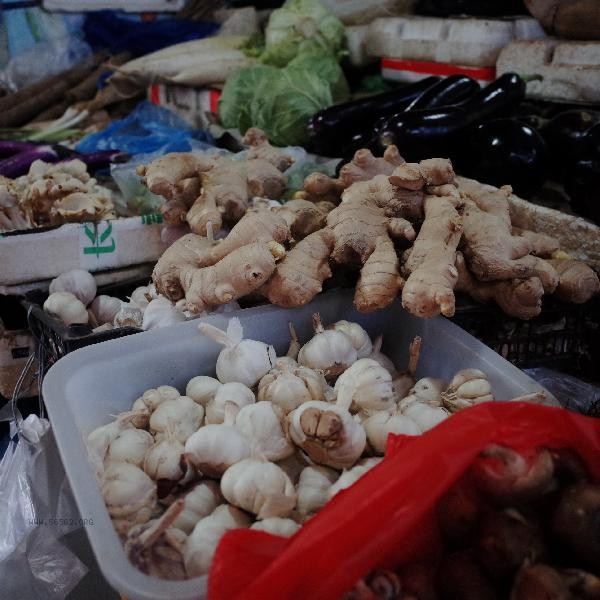The correct processing methods for cutting ginger and chili mainly include cleaning and peeling, selecting cutting tools, cutting techniques, protective measures, and storage methods. Proper handling can preserve the nutritional value of ingredients and avoid irritation to the skin or eyes.

1. Cleaning and Peeling
Ginger surface is prone to residual soil. It is recommended to rinse with running water and gently scrape the surface with a spoon or knife. Chili peppers can be washed directly, and if seeds need to be removed, they can be cut vertically and removed. Be careful not to rub vigorously to prevent capsaicin from coming into contact with the skin.
2. Tool selection
Using a sharp stainless steel knife can reduce juice leakage. It is recommended to slice ginger with a wide blade knife and shred it, while chili peppers should be quickly cut into circles or powder with a narrow blade. Specialized cutting boards can prevent cross contamination, and wooden cutting boards need to be cleaned in a timely manner to avoid pigment deposition.
3. Cutting Techniques
Cutting ginger into thin slices with reverse fiber can reduce the spiciness and make it easier to taste after being dispersed. After removing the stems from the chili peppers, the stability of the cutting circle is good when placed flat. When chopping the peppers, the back pressure of the knife on the pepper body can prevent splashing. Freezing for 10 minutes before cutting can reduce irritating volatilization.

4. Protective measures
It is recommended to wear disposable gloves when handling chili peppers and not rub your eyes after contact. Prepare white vinegar or cooking oil next to the cutting board, and dissolve capsaicin in lipids to alleviate the burning sensation. Rinse the cutting tools and tabletop with cold water promptly after cutting.
5. Storage Method
Cut ginger can be wrapped in plastic wrap and refrigerated, or sliced and frozen for preservation. Chili powder can be sealed with salt and oil, and the whole pepper can be hung in a ventilated place to dry. Sealed container packaging to avoid cross contamination, it is recommended to use it within 3 days. Ginger and chili contain volatile components, and maintaining ventilation during processing can reduce respiratory irritation. Skin redness upon contact can be washed with milk or baking soda water. Pay attention to moisture and mold prevention during daily storage. Although sprouted ginger is edible, its flavor decreases. Capsaicin has antioxidant properties, and proper processing can maximize its nutritional value. It is recommended to choose different cutting methods according to cooking needs.









Comments (0)
Leave a Comment
No comments yet
Be the first to share your thoughts!